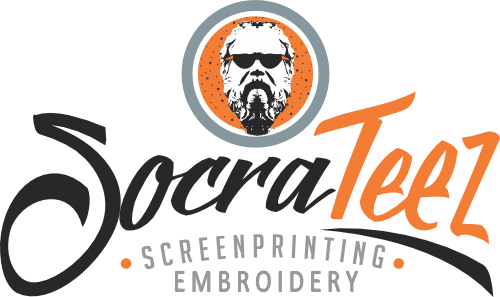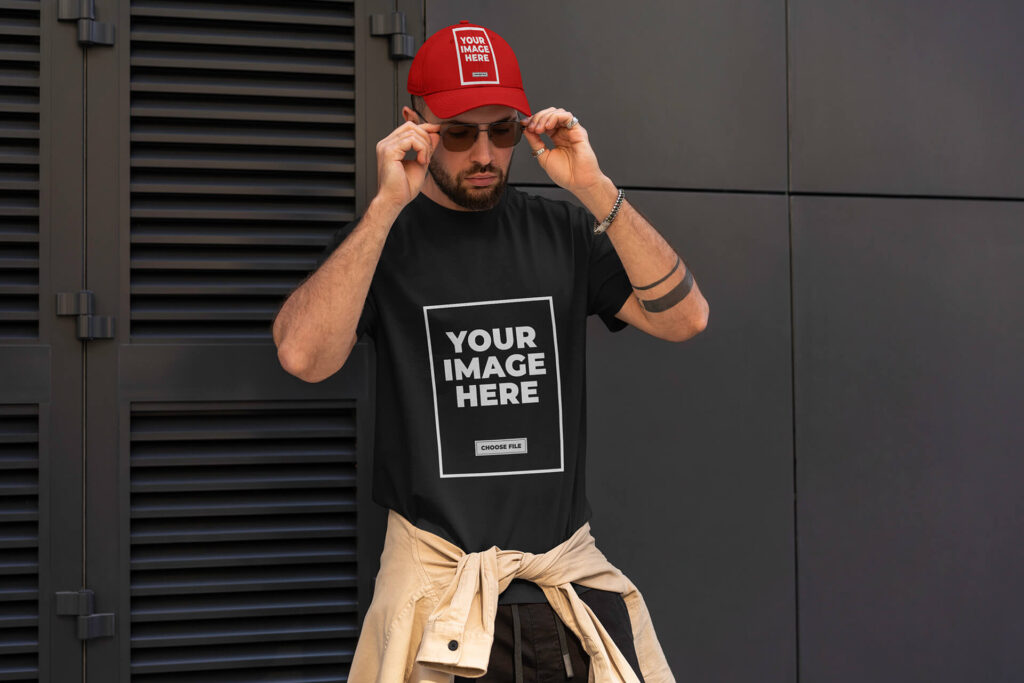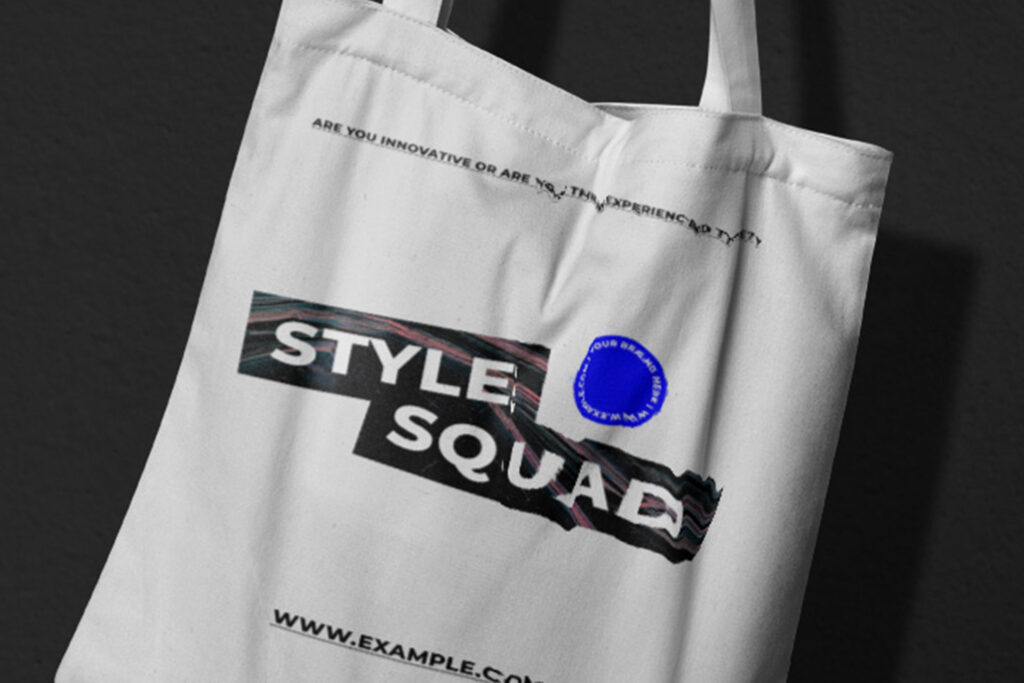Designing a custom t-shirt is more than just slapping a graphic onto fabric—it’s about creating something people will actually want to wear. Whether you’re designing for a business, an event, or a personal brand, understanding the fundamentals of great design is essential. A well-designed t-shirt should be visually appealing, easy to read, and aligned with the brand or message you want to convey. With the right approach, you can make shirts that stand out and leave a lasting impression.
The first step is to focus on your design concept. Start with a clear idea of what you want to communicate—whether it’s a bold logo, a catchy phrase, or an artistic illustration. Keep it simple and avoid overcrowding your design with too many elements. A strong focal point, balanced layout, and appropriate use of negative space will make your t-shirt more eye-catching and easier to print. Sketch out a few ideas before finalizing your design, ensuring it looks good at various sizes.
Choosing the right colors is crucial in t-shirt design. Colors should complement each other and contrast well against the fabric color to ensure visibility. Keep in mind that certain ink colors pop more on light shirts, while others work best on dark fabrics. Also, consider the printing method—screen printing, direct-to-garment (DTG), and heat transfer all have different color limitations. Limiting your color palette can also make your design more cost-effective to produce, especially for bulk orders.
Typography plays a major role in t-shirt designs that feature text. Stick to fonts that are bold, legible, and align with your message. Avoid using too many different fonts, as it can make the design look cluttered. Placement is key—make sure the text is positioned in a way that looks natural when worn. A well-spaced, properly sized phrase or slogan can turn a simple shirt into a statement piece that grabs attention.
Finally, test your design before production. Create a mockup to see how it looks on an actual t-shirt and get feedback from others. Consider factors like print size, placement, and fabric type to ensure the best results. If you’re working with a professional printer, communicate your expectations clearly. By following these tips and tricks, you can create a t-shirt that not only looks great but also sells well and keeps people coming back for more.



